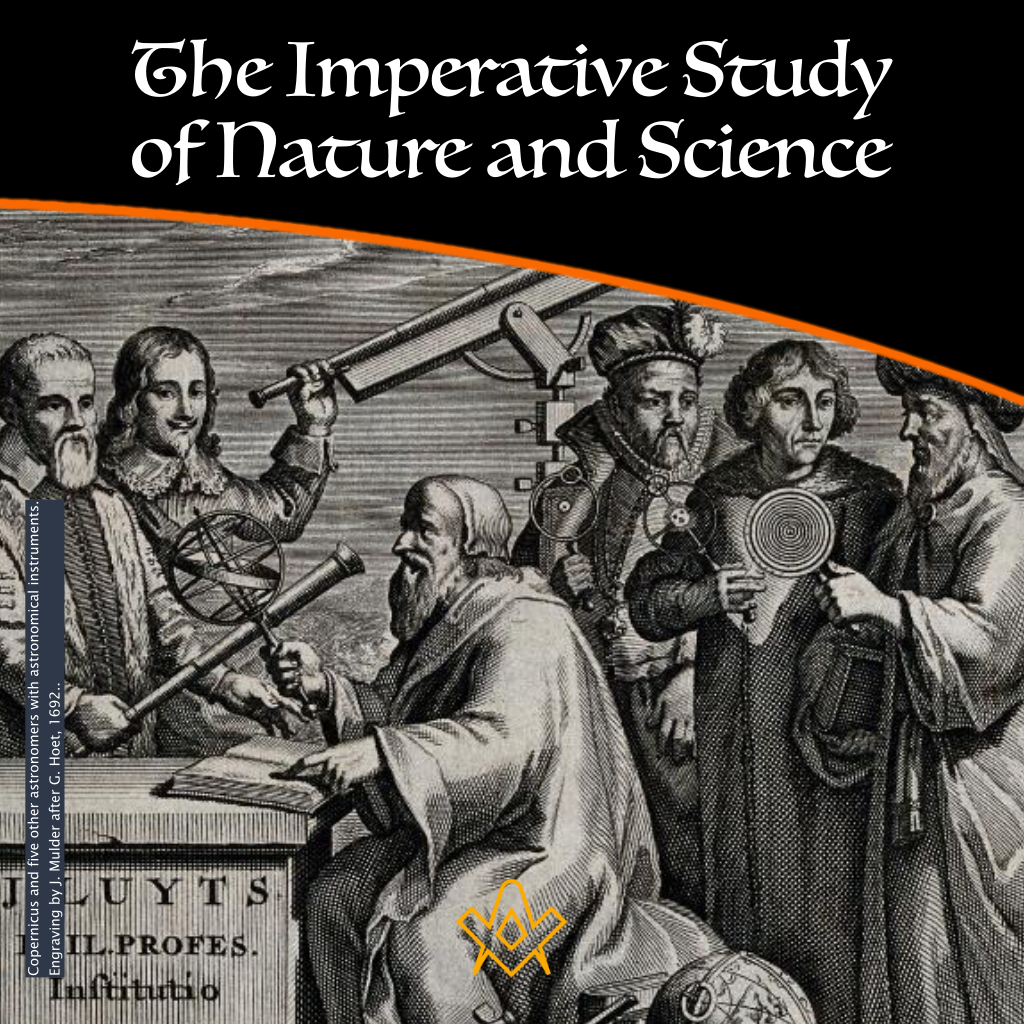At some stage during Freemasonry’s Second Degree, the candidate is advised that there is now permitted, something like, the extension of their research into the hidden mysteries of nature and science. Such is an excellent permission and one that each and every Freemason should pursue with awe and passion.
…science is a discipline seeking
to describe the universe in
terms of prediction and control
It could be suggested that nature and science may be understood in terms of “nature” being the subject of our study and “science” being the methodology employed to undertake it.
Nature can be understood as being the material universe, from the sum of solar systems and perhaps larger, to the smallest measurable particles, or perhaps smaller.
Based on mathematical models, science is a discipline seeking to describe the universe in terms of prediction and control.
Perhaps the logic of this is that “a” is followed by “b” where “a” is both necessary and sufficient for “b” (cause and effect, or perhaps better – continuity).
Research into “hidden mysteries” would provide understanding of the as yet unseen powers or the, as yet, unmeasured forces that enable the regularities observed in nature.

…requires the candidate to affirm a belief
…that the earth orbits the sun
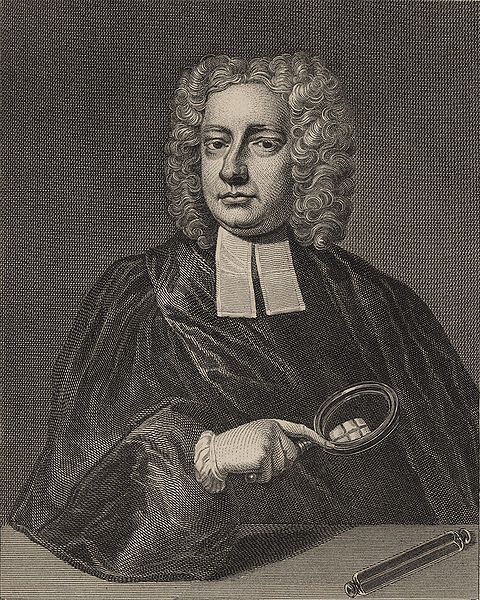
John Theophilus Desaguliers (1683–1744).
IMAGE LINKED: wikimedia Attribution 4.0 International (CC BY 4.0)
The rise of the English Royal Society and that of speculative Freemasonry are contemporaneous.
It would be churlish to deny contiguity; the apotheosis of which being, the life and work of Dr. John Theosophilus Desaguliers, Grand Master, Newtonian scholar, chief experimenter of the Royal Society and involved in major capital projects based around steam engines for both pumping water from mines and for providing public water supplies.
Also, between 1710 – 1723, and perhaps beyond, a chief mover and shaker in formative English Freemasonry.
One of the questions asked of candidates passing from the First to the Second degree pertains to the meridian sun’s perpetual countenance of Freemasonry. The response to this question requires the candidate to affirm a belief in that strange Copernican claim that the earth orbits the sun.
But who can date this ritual? In 1600, Giordano Bruno was murdered by the Church for maintaining that the earth orbited the sun.
Perhaps it was owing to Freemasonry’s increasingly scientific understanding of nature that, to avoid the censure of ecclesiastical authority, a culture of secrecy became further entrenched.
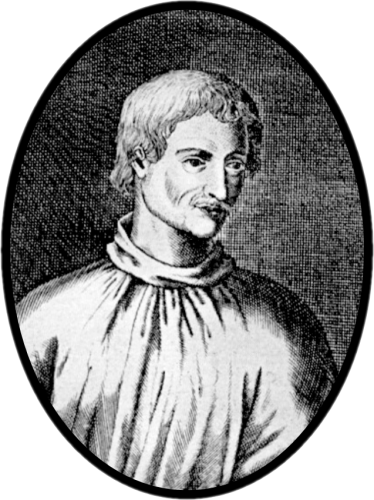
The earliest depiction of Bruno is an engraving published in 1715 in Germany, presumed based on a lost contemporary portrait
IMAGE LINKED: wikimedia Attribution 4.0 International (CC BY 4.0)
However, what could not be kept secret, or contained, was the military and commercial potential being unleashed by scientific descriptions of the universe, and the creation of relationships between groups that would otherwise have been distant.
Scientists sought finance and influence; wealthy people needed the emerging technology to increase their wealth – a new order in recognition!
The gradual transmutation from alchemy to chemistry; astrology to astronomy and from Providential power to natural forces was something that perhaps had to become an entity woven into something like, a peculiar system of morality, veiled in allegory and illustrated by symbols.
That is to say, theological and supernatural accounts of natural phenomena were being replaced by explanations that did not extend beyond space and time.

…the wealthy and the aristocratic
being speculative scientists
meeting with operative
Royal Society scientists?
Perhaps the Newtonians sought to replace the Church’s theological understanding of nature and replace it with the Royal Society’s scientific understanding.

Royal Society, Crane Court, off Fleet Street, London: a meeting in progress, with Isaac Newton in the chair. Wood engraving by J. Quartley after [J.M.L.R.], 1883.
IMAGE LINKED: wellcome collection Attribution 4.0 International (CC BY 4.0)
Perhaps they believed the scientific study of nature was a superior route to the throne of God. Non-scientists were, by definition ineligible, for admission into the Royal Society.
Therefore, is it not possible that between the second and third decades of the 18th Century an attempt was made to facilitate a working relationship between people of science and technology with aristocrats, landed gentry and those from the purple of commerce?
And, that attempt was Speculative Freemasonry with the wealthy and the aristocratic being speculative scientists meeting with operative Royal Society scientists?
However, in the lives of people and institutions, the social and political role of the Church was not, in the short or medium term, to be replaced by mathematical formulae.
The description of nature in terms of prediction and control is one thing, but the political and economic challenge of realising internal peace and prosperity through control, conformity and compliance is something else.
Perhaps during some time in the third decade of the 18th Century, the scientists had lost interest in Freemasonry, and it then developed into a nexus to promote internal peace and prosperity. And, had no need to challenge religious and theological conformance, compliance and control.
Until the time of the Copernican Revolution, most people believed that the sun orbited the earth. Of course, they did, that was how it looked! However, the challenge is now to look at the sun and “see” the earth orbiting it.
Presumably, this will require a longer-term reconditioning of our perception.

What would a providential universe look like;
how would an evolutionary universe look?

Copernicus’s schematic diagram of his heliocentric theory of the Solar System from De revolutionibus orbium coelestium.
IMAGE LINKED: wikimedia Attribution 4.0 International (CC BY 4.0)
Similarly, perhaps we could consider two universes; one designed by God and one that evolved as described by Darwin.
The question might be asked, would they look different? What would a providential universe look like; how would an evolutionary universe look?
In which direction were the influential scientific leaders of Freemasonry circa 1710-1730 pointing? “Providence” is a power – a personalisation of the mechanics that maintain matter in motion. Nature is understood to achieve the same but in terms of a non-personalised energy, at best pantheism but, non-theism.
Perhaps the pantheism and the Arianism of the early decades of the 18th century are but veils covering non-theism and allegorically alluded to in vague notions of great architects and supreme beings.
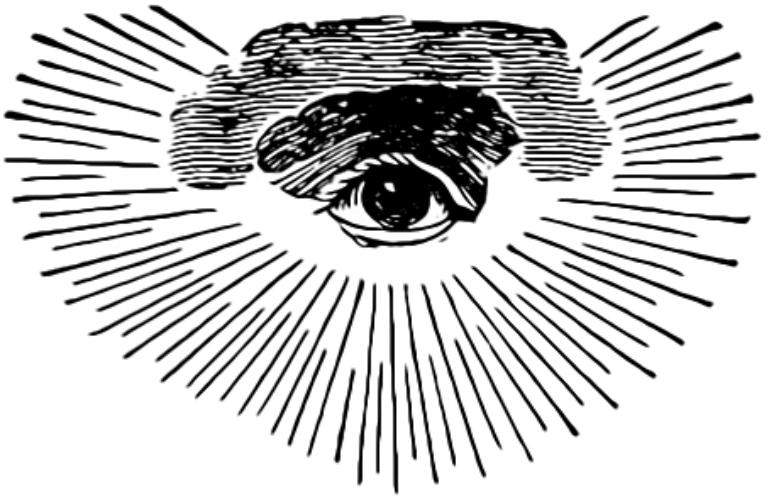
How would a world created by Providence look different from a world seen through Quantum eyes? Particles can be understood as being both mass and energy in motion and waves being but energy.
However, it may well be the case that particles and waves are different manifestations of the same entity,
Perhaps the role of the observer is a significant issue for understanding nature; now, and in the future. Will we ever progress beyond symbols, and what might that look like?
The Freemasonry of that time was a giant step for modernity as achieved through the alchemic wedding of the Royal Society minds made for the universe and the souls of the aristocracy seeking to gain increasing wealth from an application of the description of nature in terms of prediction and control technology.
Therefore, for some short time, Freemasonry can be understood as beating a path to the frontiers of scientific knowledge and its commercial application.
This was perhaps reinforced by Freemasonry beating a path to the frontiers of the art of civil governance. However, we remain variously charged and obligated to understand natural phenomena in scientific due form.
Before that though, as Freemasons, surely, we are people perceiving nature in awe and wonder: the night sky, an eruption of Etna, the wings of a butterfly.
As Freemasons, signed up to heliocentric theory, we have learnt to understand what the case is rather than appearances.
We seek explanations that are other than explaining the unexplained by postulating the inexplicable.

…as the geocentric and heliocentric
theories must look different,
so should the lives of Freemasons
Therefore, there is a choice is to be made. Freemasons may choose to describe nature in terms of Providence where there is a power that existed before space and time, which currently exists outside of space, has the controlling hand over space through time and will exist when time is no more.
Or there is an understanding of nature within space and time that does not seek to extend beyond that paradigm.
Whichever choice is made, as the geocentric and heliocentric theories must look different, so should the lives of Freemasons.
Many purport a belief in entities beyond space and time but live for the moment, the here and now. And seem to be devoid of an appreciation of nature in terms of awe and passion.
It is time for Freemasons to face up to the challenge of nature and science and its application to human freedom that can be understood as enhancing wealth subject to equitable distribution and a sustainable management of the environment.
We have to be perceived as being Freemasons, the appearances and the reality being unified. We are what we do, and we cannot produce square work by cutting corners.
Source: Originally published in Gerald Reilly’s ‘Candide’s Column’, Pietre-Stones review of Freemasonry, 2007.
Article by: Gerald Reilly

Gerald Reilly was initiated in 1995 into St Osyth's Priory Lodge 2063. Essex. England (UGLE).
He was a founder member of Josh Heller's Allthingsmasonic, and with Josh co-wrote 'The Temple that Never Sleeps' (Cornerstone Books, 2006) he is committed to the development of e-Freemasonry.
Awarded the Norman B Spencer Prize, 2016.
Book: by Gerald Reilly

The Temple That Never Sleeps
by Josh Heller and Gerald Reilly
Freemasons and E-Masonry Toward a New Paradigm
A revolutionary book for every Freemason.The two authors, American and UK Masons, present a radical view of Freemasonry for both today and tomorrow.
In addition to their ideas are those of numerous Internet Masons (E-Masons) from around the world who, by sharing the experience of their own Masonic journey, have provided stunning personal insight into the viability of the Craft in the Internet Age.
This book will challenge your understanding of Freemasonry today and how it might transform for future generations.
Recent Articles: by Gerald Reilly
 How can the allegory of the Tower of Babel teach us tolerance? Language can be a divide. Not confusion among languages but rather within language, a seriously unclear understanding of another’s world-view. We assume it is so different from our own and yet with clarity, a realisation there is more which unites than separates. |
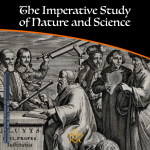 The Imperative Study of Nature and Science At some stage during Freemasonry's Second Degree, the candidate is advised that there is now permitted, something like, the extension of their research into the hidden mysteries of nature and science. Such is an excellent permission and one that each and every Freemason should pursue with awe and passion. |
 Pure Ancient Masonry; P4. A Companion in Rule, Building a better world P4. A Companion in Rule, Building a better world - The four parts of Pure Antient Masonry comprise the ‘body’ Masonic; they are the building blocks of the vital relevance, through enhanced citizenship, wherein the soul of Freemasonry abides. |
 Pure Ancient Masonry; P3. The Master, Building Better Character Part 3: The Master, Building Better Character - Being raised is a transition from knowledge to wisdom. |
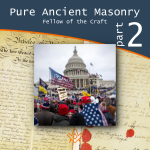 Pure Ancient Masonry; P2. A Fellow of the Craft Part 2: A Fellow of the Craft, Building Better Knowledge. Pure Antient Masonry consists of four parts. ‘Building the Temple’ is the fundamental Masonic allegory for building better people; this must be understood as a seamless whole: |
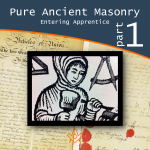 Pure Ancient Masonry; P1. An Entering Apprentice Part 1. An entering apprentice: Building Better Communities; Pure Antient Masonry consists of four parts. ‘Building the Temple’ is the fundamental Masonic allegory for building better people to build a better world |
 Pure Ancient Masonry; Intrduction This series will consider the defining characteristics, lessons and benefits of Three Degrees, the Order of the Royal Arch and when conjoined, Pure Ancient Masonry. |
 The Christianising of British Freemasonries - P4 This concluding article in the series considers the separation of British freemasonries from the Grand Orient of France (GOdF) and maintaining fraternity with the Prussian Grand Lodge of the Three Globes. |
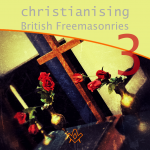 The Christianising of British Freemasonries - P3 Discover the battle for the 'soul' of Masonry. Part 3. French Perdition: ‘…for what fellowship hath righteousness with unrighteousness’? |
 The Royal Arch – ‘the fourth step in regular Freemasonry’ United Grand Lodge of England, has now designated the Royal Arch, the fourth step in regular Freemasonry, it therefore must be concluded that…publications…should now be revised, and based on attracting to the benefits of the four steps. |
 The Christianising of British Freemasonries - P2 How might the battle for the souls of Freemasonries be identified in a way that ensures thriving in the 21st Century? There is no guarantee of the immortality of the soul of Freemasonry! ‘We study the past in order to free ourselves from it.’ (Hariri) |
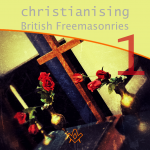 The Christianising of British Freemasonries - P1 This four-part series considers: 1. the separation of British Freemasonries from the Grand Orient of France (GOdF); and, 2. maintaining fraternity with the Prussian Grand Lodge of the Three Globes. |
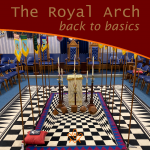 The Royal Arch - Back to Basics In the Royal Arch ceremony, the sojourners are buried with their tools in a vault. The sun, at its highest, provides enlightenment and the principal sojourner is returned to the former companions of his toil |
 The Holy Land and the Holy Sites P4 Fourth instalment of the four-part series, considers ‘masonic’ aspiration and activity regarding the Holy Land and The Holy Sites |
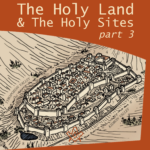 The Holy Land and The Holy Sites P3 Third instalment of the four-part series, considers ‘masonic’ aspiration and activity regarding the Holy Land and The Holy Sites |
 The Holy Land and The Holy Sites P2 The four-part series will consider ‘masonic’ aspiration and activity regarding the Holy Land and The Holy Sites |
 The Holy Land and The Holy Sites P1 In this four-part series, we will consider ‘masonic’ aspiration and activity regarding the Holy Land and The Holy Sites |
 Science and Citizenship: Towards a 21st Century Masonic Mindset. |
 Towards a 21st Century Masonic Mindset: Part 3 ‘Freemasonries’ and the Fourth Industrial Revolution |
 Towards a 21st Century Masonic Mindset: Part 2: ‘Freemasonries’ and Religiosity. |
 Towards a 21st Century Masonic Mindset: Part 1: ‘Freemasonries’ and Governance. |
masonic knowledge
to be a better citizen of the world
share the square with two brothers

click image to open email app on mobile device



